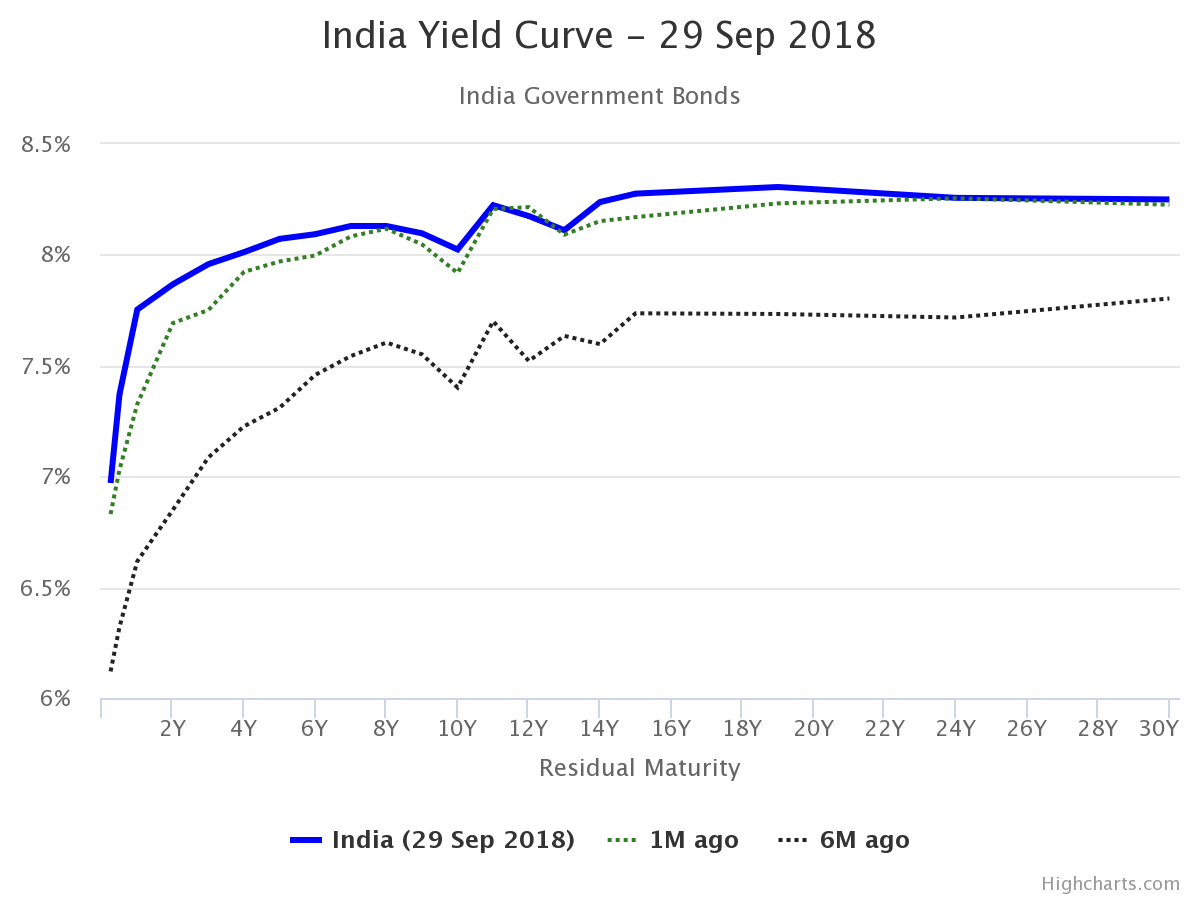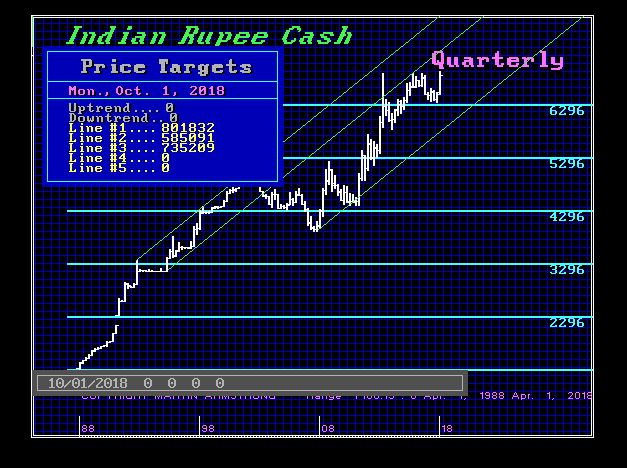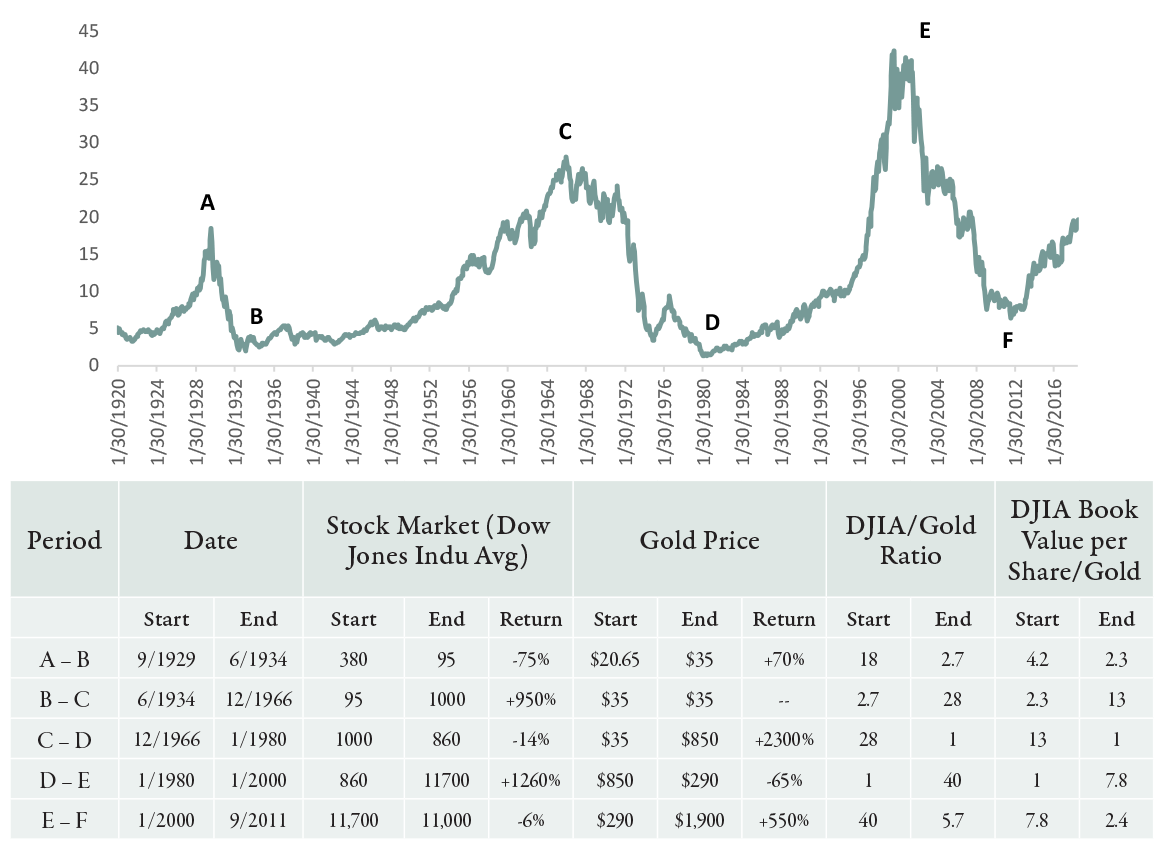Why Do Debt Crises Come in Cycles?
I find that whenever I start talking about cycles, particularly big, long-term cycles, people’s eyebrows go up; the reactions I elicit are similar to those I’d expect if I were talking about astrology. For that reason, I want to emphasize that I am talking about nothing more than logically-driven series of events that recur in patterns. In a market-based economy, expansions and contractions in credit drive economic cycles, which occur for perfectly logical reasons. Though the patterns are similar, the sequences are neither pre-destined to repeat in exactly the same ways nor to take exactly the same amount of time.
To put these complicated matters into very simple terms, you create a cycle virtually anytime you borrow money.
Buying something you can’t afford means spending more than you make. You’re not just borrowing from your lender; you are borrowing from your future self. Essentially, you are creating a time in the future in which you will need to spend less than you make so you can pay it back. The pattern of borrowing, spending more than you make, and then having to spend less than you make very quickly resembles a cycle. This is as true for a national economy as it is for an individual. Borrowing money sets a mechanical, predictable series of events into motion.
If you understand the game of Monopoly®, you can pretty well understand how credit cycles work on the level of a whole economy. Early in the game, people have a lot of cash and only a few properties, so it pays to convert your cash into property. As the game progresses and players acquire more and more houses and hotels, more and more cash is needed to pay the rents that are charged when you land on a property that has a lot of them. Some players are forced to sell their property at discounted prices to raise that cash. So early in the game, “property is king” and later in the game, “cash is king.” Those who play the game best understand how to hold the right mix of property and cash as the game progresses.
Now, let’s imagine how this Monopoly® game would work if we allowed the bank to make loans and take deposits. Players would be able to borrow money to buy property, and, rather than holding their cash idly, they would deposit it at the bank to earn interest, which in turn would provide the bank with more money to lend. Let’s also imagine that players in this game could buy and sell properties from each other on credit (i.e., by promising to pay back the money with interest at a later date). If Monopoly® were played this way, it would provide an almost perfect model for the way our economy operates. The amount of debt-financed spending on hotels would quickly grow to multiples of the amount of money in existence. Down the road, the debtors who hold those hotels will become short on the cash they need to pay their rents and service their debt. The bank will also get into trouble as their depositors’ rising need for cash will cause them to withdraw it, even as more and more debtors are falling behind on their payments. If nothing is done to intervene, both banks and debtors will go broke and the economy will contract. Over time, as these cycles of expansion and contraction occur repeatedly, the conditions are created for a big, long-term debt crisis.
Lending naturally creates self-reinforcing upward movements that eventually reverse to create self-reinforcing downward movements that must reverse in turn. During the upswings, lending supports spending and investment, which in turn supports incomes and asset prices; increased incomes and asset prices support further borrowing and spending on goods and financial assets. The borrowing essentially lifts spending and incomes above the consistent productivity growth of the economy. Near the peak of the upward cycle, lending is based on the expectation that the above-trend growth will continue indefinitely. But, of course, that can’t happen; eventually income will fall below the cost of the loans.
Economies whose growth is significantly supported by debt-financed building of fixed investments, real estate, and infrastructure are particularly susceptible to large cyclical swings because the fast rates of building those long-lived assets are not sustainable. If you need better housing and you build it, the incremental need to build more housing naturally declines. As spending on housing slows down, so does housing’s impact on growth. Let’s say you have been spending $10 million a year to build an office building (hiring workers, buying steel and concrete, etc.). When the building is finished, the spending will fall to $0 per year, as will the demand for workers and construction materials. From that point forward, growth, income, and the ability to service debt will depend on other demand. This type of cycle—where a strong growth upswing driven by debt-financed real estate, fixed investment, and infrastructure spending is followed by a downswing driven by a debt-challenged slowdown in demand—is very typical of emerging economies because they have so much building to do.
Contributing further to the cyclicality of emerging countries’ economies are changes in their competitiveness due to relative changes in their incomes. Typically, they have very cheap labor and bad infrastructure, so they build infrastructure, have an export boom, and experience rising incomes. But the rate of growth due to exports naturally slows as their income levels rise and their wage competitiveness relative to other countries declines. There are many examples of these kinds of cycles (i.e., Japan’s experience over the last 70 years).
In “bubbles,” the unrealistic expectations and reckless lending results in a critical mass of bad loans. At one stage or another, this becomes apparent to bankers and central bankers and the bubble begins to deflate. One classic warning sign that a bubble is coming is when an increasing amount of money is being borrowed to make debt service payments, which of course compounds the borrowers’ indebtedness.
When money and credit growth are curtailed and/or higher lending standards are imposed, the rates of credit growth and spending slow and more debt service problems emerge. At this point, the top of the upward phase of the debt cycle is at hand. Realizing that credit growth is dangerously fast, the central banks tighten monetary policy to contain it, which often accelerates the decline (though it would have happened anyway, just a bit later). In either case, when the costs of debt service become greater than the amount that can be borrowed to finance spending, the upward cycle reverses. Not only does new lending slow down, but the pressure on debtors to make their payments is increased. The clearer it becomes that debtors are struggling, the less new lending there is. The slowdown in spending and investment that results slows down income growth even further, and asset prices decline.
When borrowers cannot meet their debt service obligations to lending institutions, those lending institutions cannot meet their obligations to their own creditors. Policy makers must handle this by dealing with the lending institutions first. The most extreme pressures are typically experienced by the lenders that are the most highly leveraged and that have the most concentrated exposures to failed borrowers. These lenders pose the biggest risks of creating knock-on effects for credit worthy buyers and across the economy. Typically, they are banks, but as credit systems have grown more dynamic, a broader set of lenders has emerged, such as insurance companies, non-bank trusts, broker-dealers, and even special purpose vehicles.
The two main long-term problems that emerge from these kinds of debt cycles are:
1) The losses arising from the expected debt service payments not being made. When promised debt service payments can’t be made, that can lead to either smaller periodic payments and/or the writing down of the value of the debt (i.e., agreeing to accept less than was owed.) If you were expecting an annual debt service payment of 4 percent and it comes in at 2 percent or 0 percent, there is that shortfall for each year, whereas if the debt is marked down, that year’s loss would be much bigger (e.g., 50 percent).
2) The reduction of lending and the spending it was financing going forward. Even after a debt crisis is resolved, it is unlikely that the entities that borrowed too much can generate the same level of spending in the future that they had before the crisis. That has implications that must be considered.
Can Most Debt Crises Be Managed so There Aren’t Big Problems?
Sometimes these cycles are moderate, like bumps in the road, and sometimes they are extreme, ending in crashes. In this study we examine ones that are extreme—i.e., all those in the last 100 years that produced declines in real GDP of more than 3 percent. Based on my examinations of them and the ways the levers available to policy makers work, I believe that it is possible for policy makers to manage them well in almost every case that the debts are denominated in a country’s own currency. That is because the flexibility that policy makers have allows them to spread out the harmful consequences in such ways that big debt problems aren’t really big problems. Most of the really terrible economic problems that debt crises have caused occurred before policy makers took steps to spread them out. Even the biggest debt crises in history (e.g., the 1930s Great Depression) were gotten past once the right adjustments were made. From my examination of these cases, the biggest risks are not from the debts themselves but from a) the failure of policy makers to do the right things, due to a lack of knowledge and/or lack of authority, and b) the political consequences of making adjustments that hurt some people in the process of helping others. It is from a desire to help reduce these risks that I have written this study.
Having said that, I want to reiterate that 1) when debts are denominated in foreign currencies rather than one’s own currency, it is much harder for a country’s policy makers to do the sorts of things that spread out the debt problems, and 2) the fact that debt crises can be well-managed does not mean that they are not extremely costly to some people.
The key to handling debt crises well lies in policy makers’ knowing how to use their levers well and having the authority that they need to do so, knowing at what rate per year the burdens will have to be spread out, and who will benefit and who will suffer and in what degree, so that the political and other consequences are acceptable.
https://www.linkedin.com/pulse/why-do-debt-crises-come-cycles-ray-dalio/






